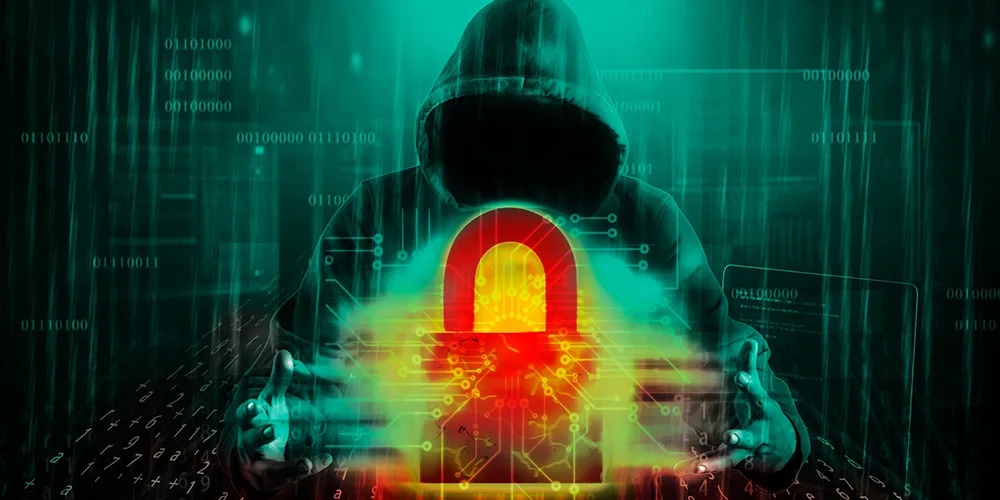Using cybersecurity training to reduce an organisation’s risk of a cyberattack.

Posted on May 23, 2023 by Voke Augoye
Cyberattacks pose a serious and ongoing threat to organisations of all sizes and sectors. According to the Cyber Security Breaches Survey 2022, 39% of UK businesses and 26% of charities reported having cyber security breaches or attacks in the last 12 months, this highlights the importance of having strong cybersecurity defences including a well-trained workforce that can prevent, detect and respond to cyber incidents.
Why is cybersecurity training so important?
The most obvious answer is to prevent the organisation losing money in a breach. But the true cost of a cyber breach is more far reaching than that, and includes factors like;
- Reputational damage A cyber breach can harm an organisation’s reputation and credibility in the market, leading to loss of customers, partners, investors and suppliers. A survey by IBM found that 40% of consumers would switch to a competitor following a data breach.
- Operational disruption: A cyber breach can also affect an organisation’s ability to function normally and deliver its products or services, resulting in downtime, delays, errors and inefficiencies.
- Legal and regulatory consequences: A cyber breach can also expose an organisation to legal and regulatory risks, such as lawsuits, fines, penalties and sanctions. British Airways was fined £20 million by the ICO for a data breach that affected 400,000 customers in 2018.
- Remediation and recovery costs: A cyber breach can also incur significant costs for an organisation to investigate, contain, remediate and recover from the incident, such as hiring external experts, restoring data and systems, implementing security improvements and compensating affected parties.
How can cybersecurity training help?
Cybersecurity training is an effective way to enhance your organisation’s security and resilience against cyber threats. It can help you to:
- Increase security: Cybersecurity training can help your employees to understand the various types of cyberattacks and how to avoid or mitigate them. For example, phishing and spear-phishing are common methods of data breaching that rely on tricking users into clicking on malicious links or attachments. Well-trained staff will know how to spot these attacks and report them, reducing the chances of a successful breach .
- Save time and money: Cybersecurity training can also help you to reduce the costs and impacts of a cyberattack. By educating your employees on how to protect your organisation’s data and systems, you can minimise the potential damage and disruption caused by a breach.
- Empower your workforce: Cybersecurity training can also boost your employees’ confidence and skills in using technology safely and effectively. By providing them with the knowledge and tools they need to perform their tasks securely, you can increase their productivity and performance.
- Retain customers’ trust: Cybersecurity training can also help you to maintain your reputation and credibility in the market. By demonstrating your commitment to cybersecurity and protecting your customers’ data, you can build trust and loyalty among your existing and potential clients.
- Stay ahead of the curve: Cybersecurity training can also help you to keep up with the evolving cyber threat landscape and the latest best practices in cybersecurity. By updating your employees’ knowledge and skills regularly, you can ensure that they are prepared for any emerging or existing cyber challenges.
The different types of cybersecurity training
There are different types of cybersecurity training that you can offer to your employees depending on their roles, responsibilities and skill levels. Here are some of the most common ones:
- Phishing awareness training: This training aims to educate your employees on how to recognise and avoid phishing emails that may contain malicious links or attachments It is vital employees can recognise phishing emails as according to the Cyber Security Breaches Survey 2022, phishing was the most common threat vector for UK businesses and charities that identified cyberattacks, accounting for 83% and 79% respectively.
- Cybersecurity employee awareness training: Awareness training aims to raise your employees’ general awareness of cybersecurity issues and risks. It covers topics such as password management, email security, social engineering, malware prevention, data protection and incident reporting. It is suitable for all employees regardless of their technical background or experience.
- Cybersecurity Leadership Team training: Training the leaders of an organisation is vital as they are responsible for overseeing or implementing your organisation’s cybersecurity strategy and policies. It covers topics such as risk assessment, governance, compliance, incident response, business continuity.
- Staff induction cybersecurity training: The ICO mandates that all staff
should receive cyber awareness training as part of their induction to your organisation, the training should introduce new staff to the basic principles and practices of cybersecurity in their organisation. This training needs to happen in the first 30 days (and before the member of staff has access to any live systems) and it needs to be repeated at least annually.

At ramsac we run a wide range of cybersecurity training courses offered either as in person workshops, online presentations, or online learning to help protect your organisation against cybercrime.







